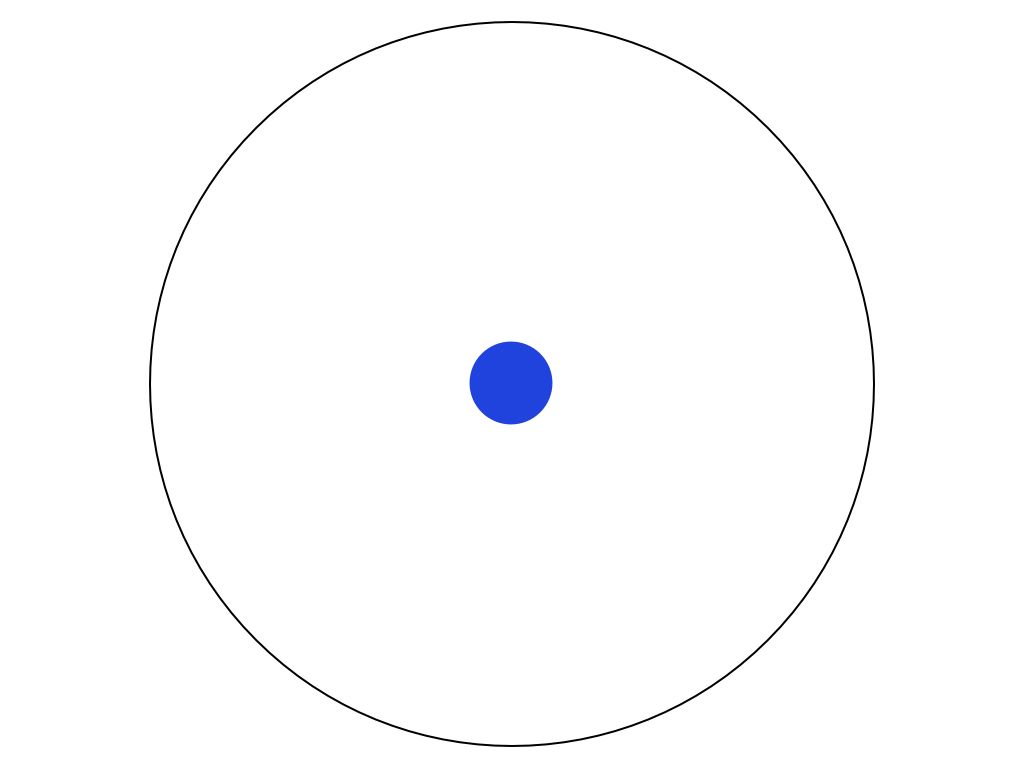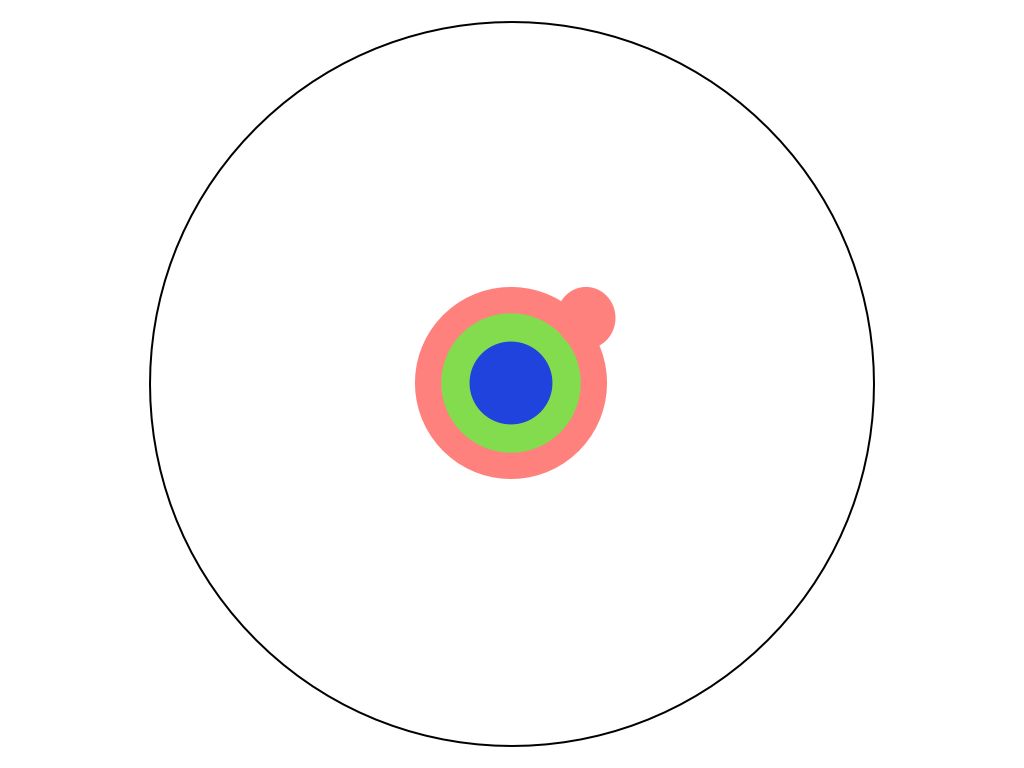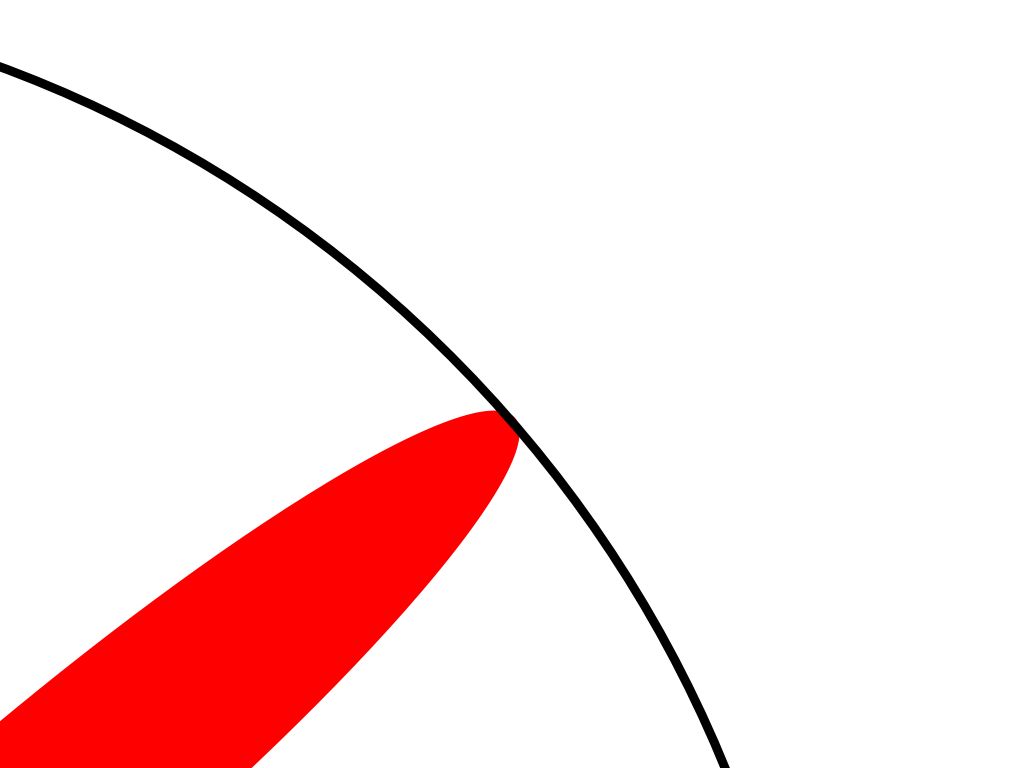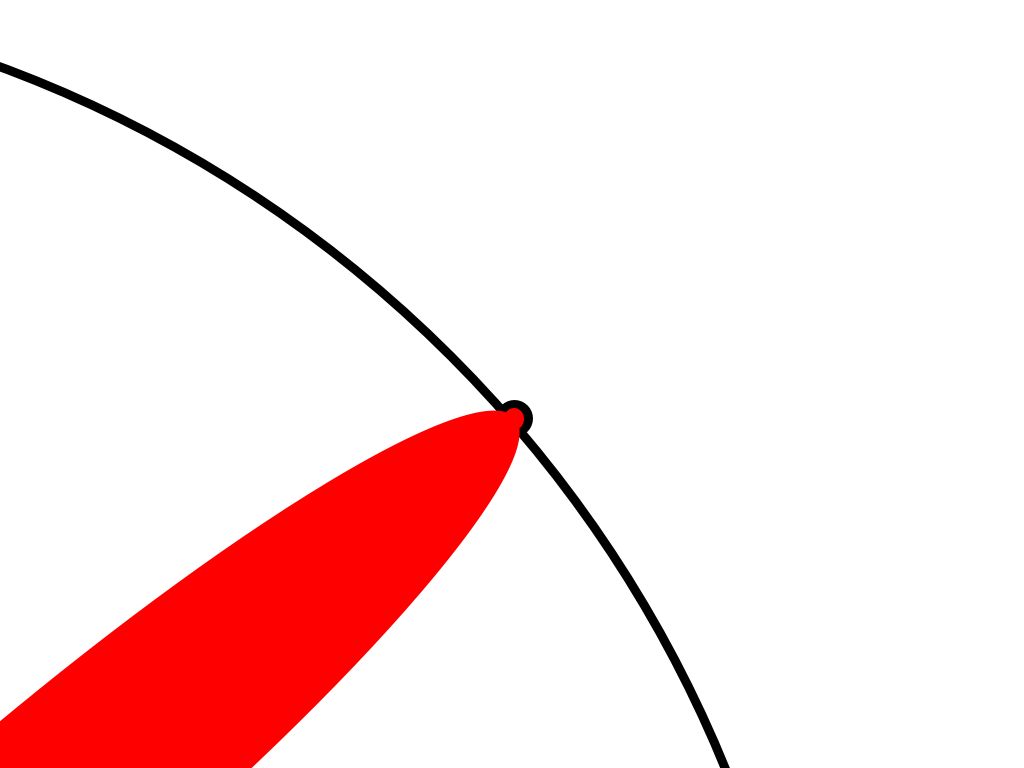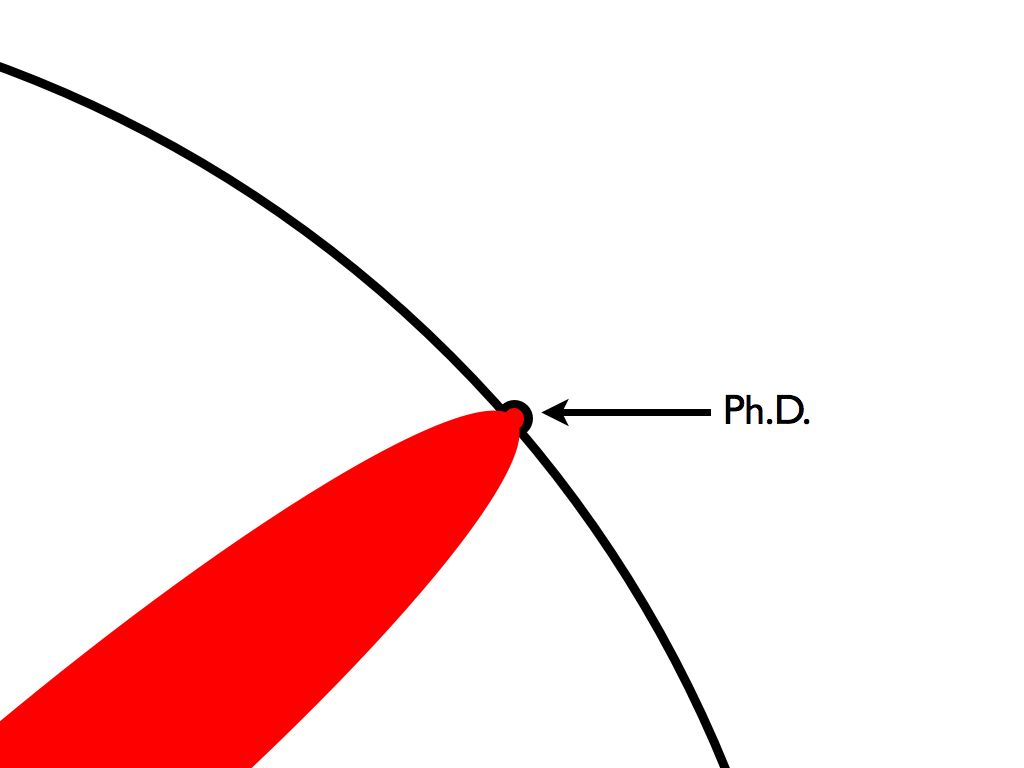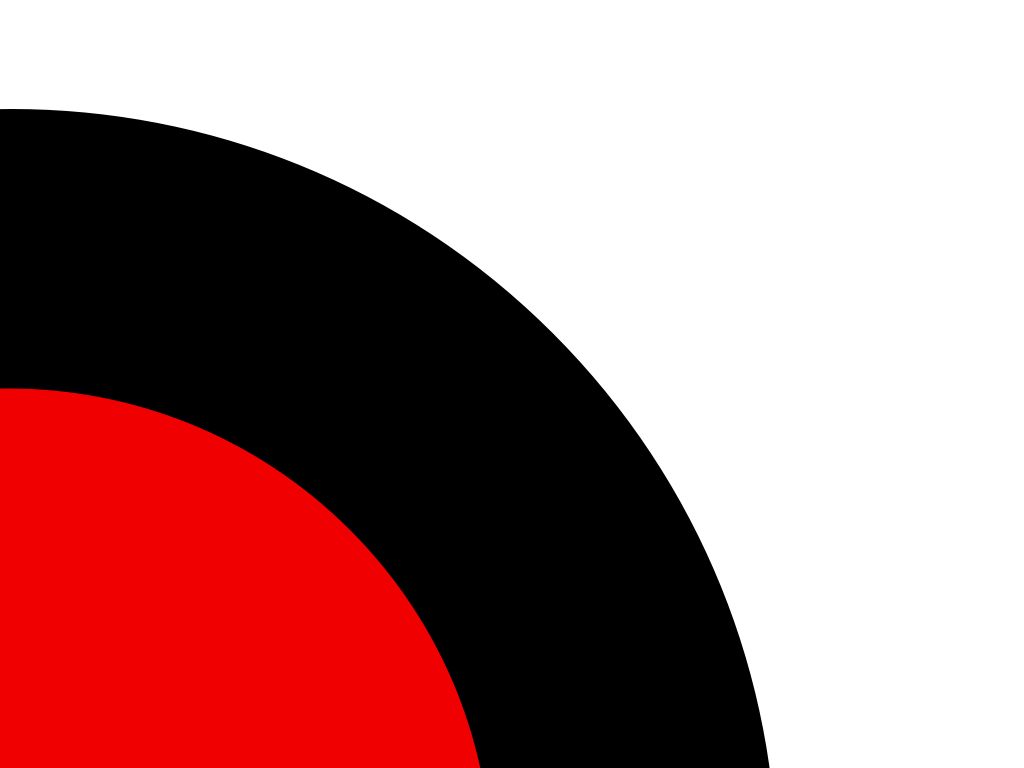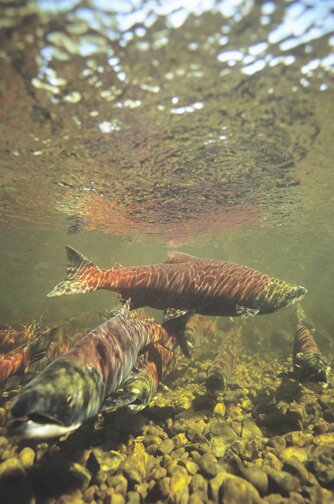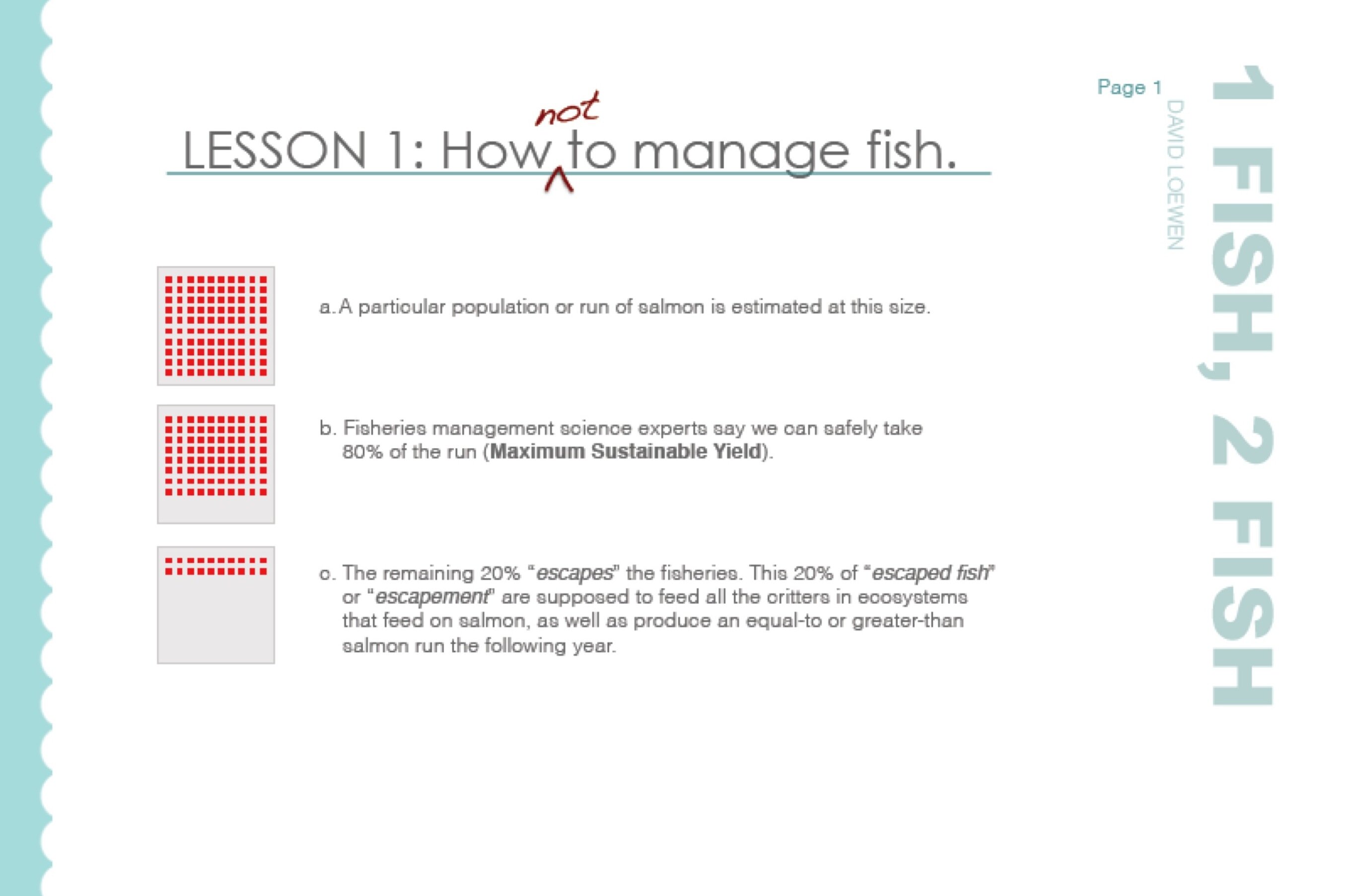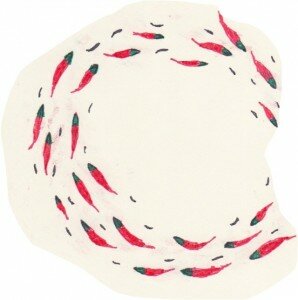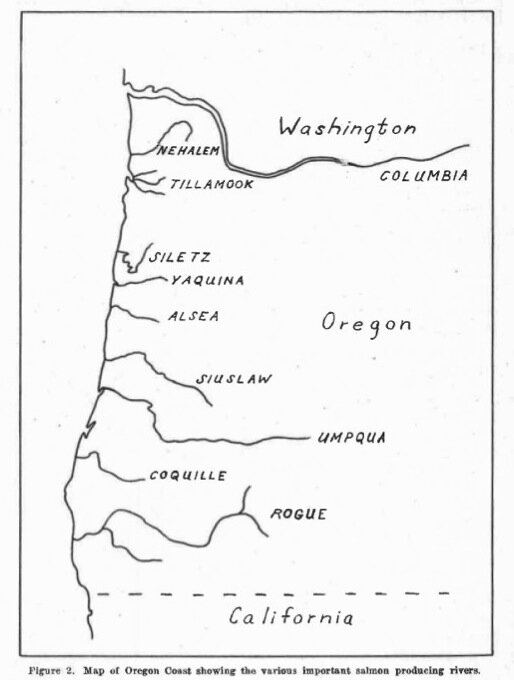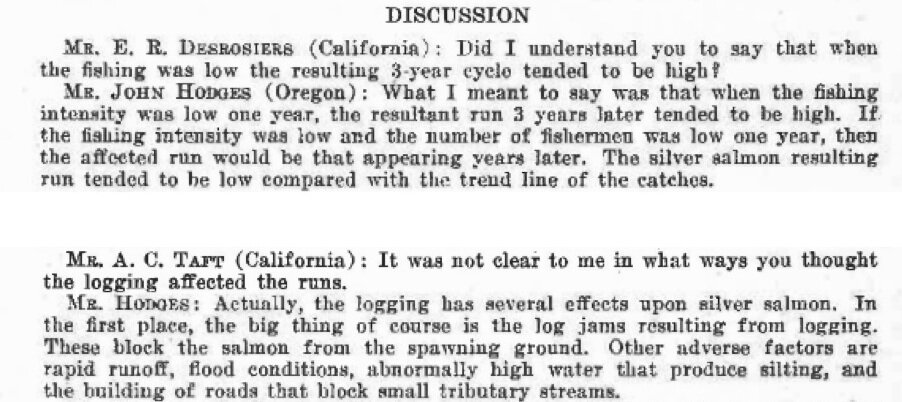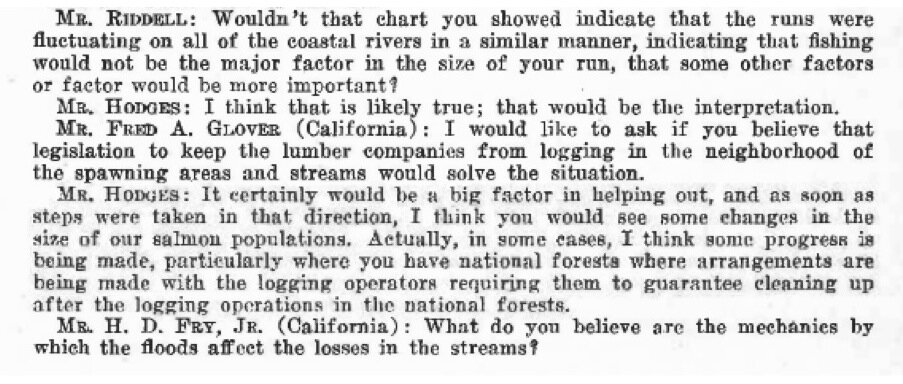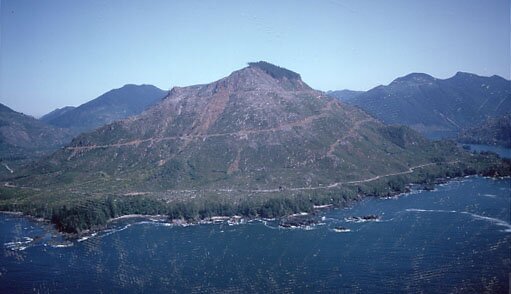
adapted from Cohen Commission tech report #2
It might be with some irony that today the Cohen Commission into declines of Fraser River sockeye is conducting hearings into fisheries Monitoring and Enforcement. There is probably little question that better Monitoring and Enforcement could assist Fraser sockeye stocks; however, on a cost-benefit analysis between ‘good management‘ vs. ‘monitoring, enforcement, & compliance‘ would there really be much comparison…?
Let’s look at this coming year’s sockeye forecasting and pre-season planning (2011): As the Recipe for Upper Fraser Sockeye extinction is plain as day…
Below is a rather complex chart produced by the Department of Fisheries and Oceans that documents the “recent productivity” of 19 (of the over 150) distinct Fraser sockeye stocks.
The 19 sockeye stocks in which DFO actually has enough information to utilize are further grouped into four run-timing groups (Early Stuart, Early Summer, Summer, and Late Summer).
These can be seen down the far left hand side — Column A. (I will break this chart down further with specific focus on some key numbers and columns).

DFO 2011 "Recent Productivity" Fraser Sockeye Forecast
First off, the Early Stuarts, one of the furthest upstream migrating Fraser sockeye — Northwest of Prince George in the upper Nechako drainage (Stuart River is main tributary — see map above), is in deep trouble.
In essence, what column “I” suggests is that the historical ‘mean run size’ for the Early Stuarts — based on all cycles — is 311,000.
On the 2011 cycle (Fraser sockeye predominantly run in four-year cycles) the mean run size is 172,000.
Columns “K” to “O” give the ‘probability’ of various forecasts.
Column K is the “10p” forecast suggesting that there is a 10% chance (or 1 in 10 chance) that runs will be at or below this number — for Early Stuarts that’s 6,000.
The standard generally used in pre-season forecasting is the 50p or 50% probability forecast which for Early Stuarts is 17,000 (column “M”).
So the Early Stuart median for all cycles is 311,000 — for the 2011 cycle-year it is 172,000 — however for this year the 50% probability pre-season forecast for 2011 predicts a run size of only: 17,000.
Even the best-case scenario (90p — 90%) predicts a run-size of only: 42,000.
(Note: Last year 2010 — the apparent big record year — the Early Stuarts met the 90p pre-season forecast and had an estimated return of 100,000).
However, raise any questions on the Early Stuart sockeye and DFO will say “but we’ve been in conservation mode on these fish for decades”. Yet, even just as far back as 1997 — the total run size of the Early Stuarts was estimated at almost: 1.7 million sockeye.
And yet that year the estimated catch was over 770,000.
Worse yet, an en-route loss is estimated at over 630,000.
Only an estimated 260,000 reached the spawning grounds. A mere 15% of the total run.
And then this year the best case scenario suggests only 42,000 as a total run size, not even what might reach the spawning grounds — some 1000+ km upstream…
Hmmm. wonder why we there’s a problem…?
_ _ _ _ _ _
Estimated Returns and Historical Productivity
So, yes, the Early Stuarts have been in trouble for quite some time — however, it seems like this is akin to a flu-bug in the upper watershed. Trouble for upper Fraser sockeye seems to be contagious..
In the “Early Summer” grouping there are two sockeye stocks with enough information for “management” purposes — the Bowron (returns to Bowron River east of Prince George, and northeast of Quesnel) and the Nadina (returns to upper Nechako River, west of Prince George and southwest of Fraser Lake).
Here are the numbers blown up from the above chart:

2011 Fraser sockeye forecast: Bowron and Nadina River runs.
This half of the chart shows the estimated Effective Female Spawners (EFS) in columns “C” and “D”.
The “BY” stands for Brood Year. Therefore, 2007 is the Brood Year (BY) for the majority of returns this year: 2011 — as sockeye largely have a four-year life cycle. However, some years and some runs have more five-year old sockeye return as well. Often this is in the range of approximately 20-30% of the total run. And thus column “D” is the estimated Effective Female Spawners of 2006.
And so in 2007, the estimate suggests there were 1,100 Effective Female Spawners (EFS) and in 2006 there were 600 for the Bowron.
For the Nadina there were an estimated 1,000 Effective Female Spawners in 2007 (the main brood year for this year’s 2011 returns) and 4,500 EFS in 2006.
_ _ _ _ _ _
The next columns — “E” and “F” are estimates of the productivity of each Effective Female Spawner over an 8-year time period (column E) and 4-year time period (column F).
For a population of any critter each female (effective female spawner) must average a productivity of 2 progeny that live to become reproductive adults — ideally an average of one male and one female — just to maintain any population with no growth or depletion.
The Bowron has an estimated productivity of 2.4 (over 8 years) and 2.1 (over 4 years) returning adults for each female spawner (the numbers in red boxes — red meaning bad/stop ).

estimated productivity of Bowron sockeye stocks
This means that the Bowron stock of Fraser sockeye is barely replacing itself at current productivity.
The Nadina is faring a little better with estimated productivity over 8 years of 3.0 (in the red box) and over 4 years of 4.6 returning adults per effective female spawner (in the yellow box — meaning, caution).

estimated productivity of Nadina sockeye
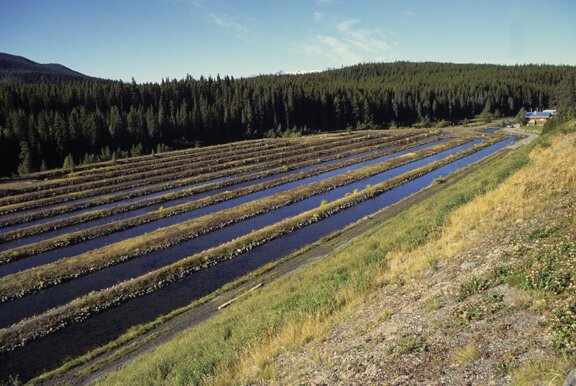
Sockeye salmon enhancement facility, Nadina River, British Columbia
(It should be noted that the Nadina sockeye largely utilize man-made spawning channels… and they are still in trouble…).
.
.
.
.
.
_ _ _ _ _ _
The next set of numbers further along the right on the chart are rather revealing as well, here’s a clip with columns C-H taken out:

Fraser sockeye forecast_2011 Estimated probabilities for Bowron & Nadina stocks
Columns “I” and “J” are showing average “mean” runs sizes for these various runs as an overall average of all years previous — “all cycles” column “I” and the four-year cycle that includes 2011 column “J”.
For the two runs of concern — Bowron and Nadina — one can quickly see that the difference between the average run sizes and the various probabilities of run sizes this year — there’s a big discrepancy.
(And it must be pointed out that this is estimates of Total Run Size returning to the Fraser which may be targeted for fisheries — not the total run size that is predicted to reach, or reached, the spawning grounds.)
As mentioned earlier the 50p or 50% probability forecast is the one most commonly used during pre-season forecasts. For the Bowron that’s 5,000 estimated as a total run size (as compared to a mean average of all years of 39,000) and for the Nadina 12,000 (as compared to a mean run size of 80,000). (Remember, total run size predicted, not what’s estimated to reach the spawning grounds).
_ _ _ _ _ _
Recipe for Extinction
The Bowron and Nadina River adult sockeye stocks migrate into the Fraser River approximately the same time as several other stocks that migrate to different parts of the Fraser River. The other stocks are listed in the chart above — names like Fennell, Gates, Pitt, Raft, etc. These stocks are spread from the upper, upper Fraser through the upper Thompson River, right down to the lower Fraser with the Pitt.
All, most likely, quite genetically distinct from each other — however, simply grouped because of run-timing. These are called the Early Summers for exactly that reason. Convenient for fishing plans… maybe not so convenient for conserving genetic diversity of stocks… or even conserving stocks themselves…
If you look through the various other runs within the Early Summers grouping, a few are looking relatively healthy, with 50% forecasts suggesting run sizes a little larger then the mean averages. There is even some green in the productivity and EFS boxes.
Total 50% probability pre-season forecast for all Early Summers is 453,000. With a few healthy runs… this means potential fisheries targeting this Group.
At the present time apparently DFO and Pacific Salmon Commission is considering fishing plans that would target a 40% exploitation rate on these Early Summers — which suggests that close to 200,000 of these Early Summers could potentially be targeted in fisheries.
For the Bowron and Nadina sockeye runs, this could mean total disaster.
There are only a total of 17,000 total fish at the 50% probability pre-season forecast for both these runs combined — and this is just fish forecast to reach the Fraser River, not the actual number forecast to reach the spawning grounds, which for these two runs is over 1000 km up the Fraser River.
These 17,000 potential fish could easily be swallowed in fisheries targeting other healthier Early Summer stocks.
Or, let’s say even conservatively that these targeted fisheries only catch half of the Bowron and Nadina returning runs — 8500. Conservative estimates suggest that 40% or more of these fish will die en route or prior to spawning. If that occurred there would still be 90% of the total run wiped out.
This is all considering fish on paper… which is the problem here.
The Recipe of Extinction for upper Fraser sockeye stocks is: mixed stock fisheries based on fisheries management plans that manage to the Aggregate Groups (only four) and do not discern between endangered individual, genetically distinct runs — such as the Bowron and Nadina stocks.
(let alone the 130 or so unnamed Fraser sockeye stocks that don’t have enough information to be considered by DFO or the Pacific Salmon Commission).
Tomorrow?
We consider the Late Stuarts and Stellako, two more Upper, Upper Fraser River sockeye runs that face a worse scenario as part of the Summers group of Fraser sockeye.
They are the Recipe for Extinction — Chapter 3.


